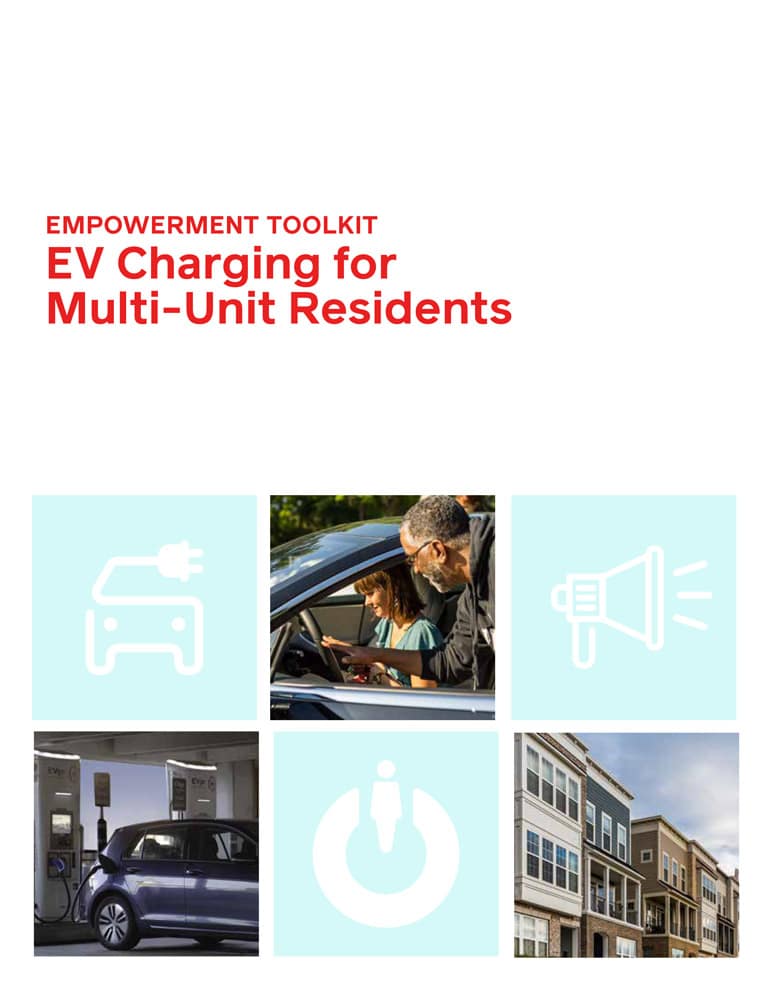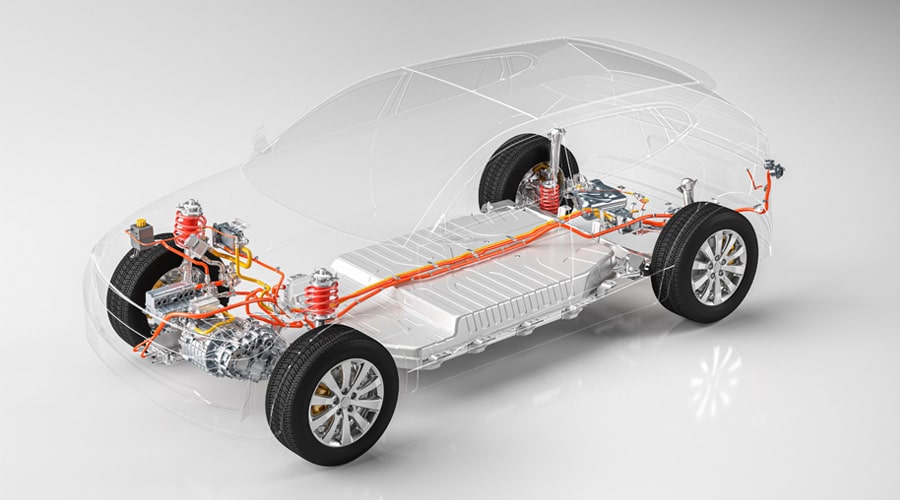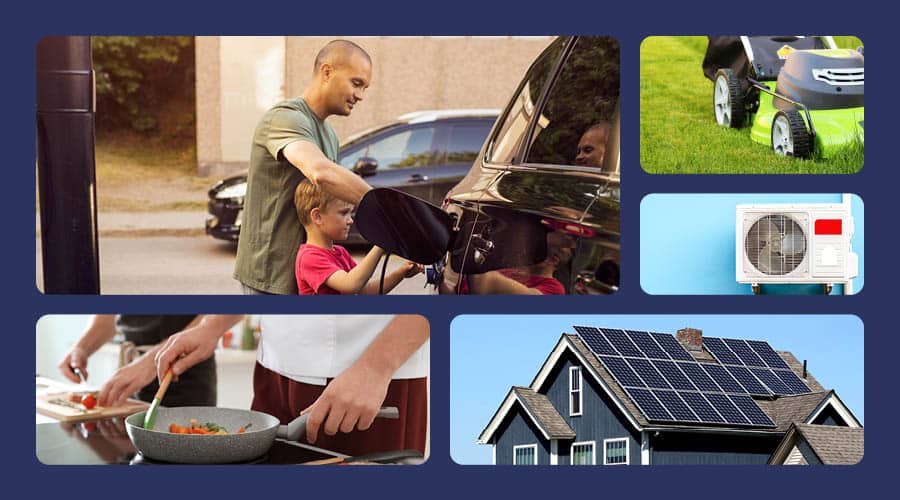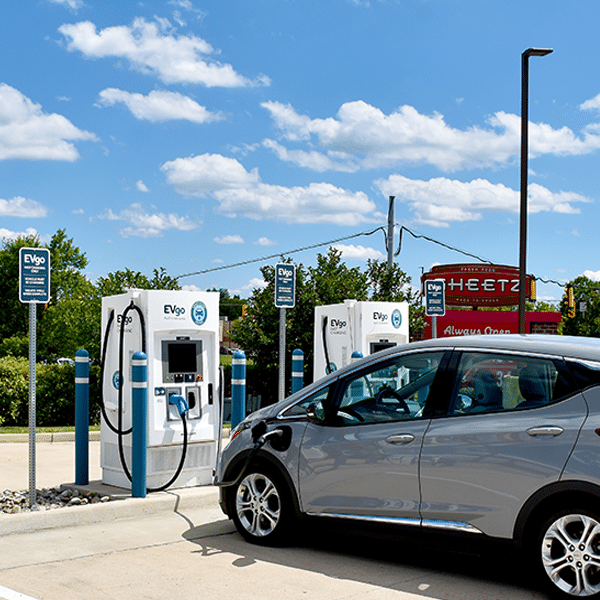Toolkit for Charging at Multi-Unit Dwellings
The transportation sector is the largest contributor to U.S. carbon pollution. Switching from a gas car to an electric vehicle (EV) is one of the most impactful personal actions you can take to reduce harmful emissions and drive our transition to clean energy. As the demand for reliable charging infrastructure continues to rise, residential charging will be the most reliable and convenient option for most drivers. While there are approximately 25,000 charging stations nationwide and growing, roughly 80% of charging currently takes place at home.
This can present problems for EV owners who live in apartments or condominiums (referred to as Multi-Unit Dwellings, or MUDs), as it can be more difficult to get a charger installed. While single-family home owners can more easily make electrical upgrades to install an EV charger, condominium owners and apartment renters can experience significant barriers to installing charging in their building. These might include securing the approval of a Home Owners Association (HOA) or landlord, high upfront costs, ownership/maintenance responsibility, or insufficient parking spaces.
That’s where this guide comes in. We’ll provide an overview of the process to install charging at a Multi-Unit Dwelling, different options for different living arrangements, potential barriers, resources for further reading, and a road map to demystify the process.















